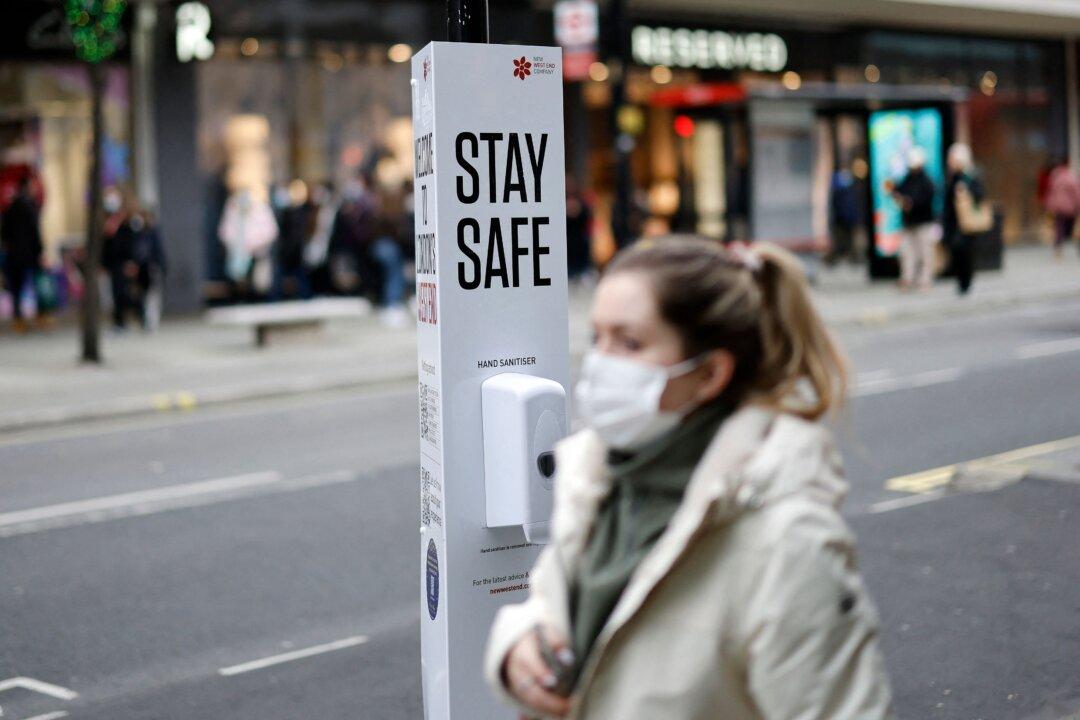The latest variant of concern, Omicron, is spreading rapidly, but data so far shows its severity to be mild compared to past variants, while some argue it’s still too early to draw conclusions.
“There is reason to be optimistic for most individuals, but we should at the same time watch how it goes here to confirm our optimism,” Dr. Harvey Risch, a professor of epidemiology at Yale School of Public Health, told The Epoch Times.





